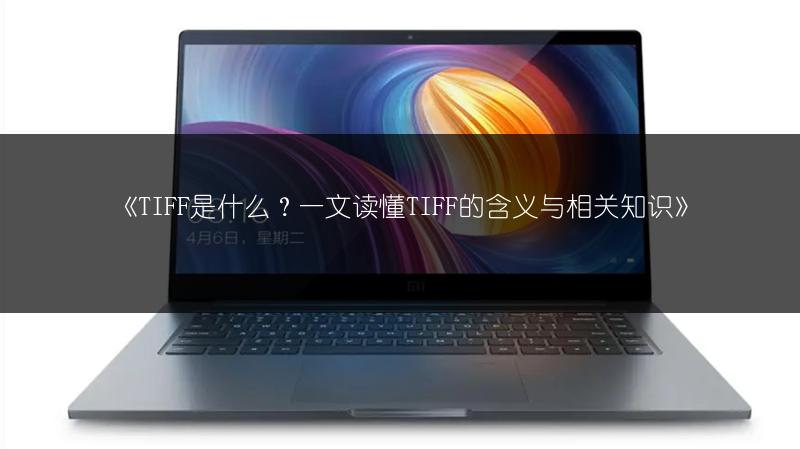MPEG - 1:你必须知道的概念
MPEG - 1 is the first video and audio lossy compression standard formulated by the MPEG organization. The video compression algorithm was defined in 1990. By the end of 1992, MPEG - 1 was officially approved as an international standard. MPEG - 1 is a video and audio compression format customized for CD - disc media. The transmission rate of a 70 - minute CD - disc is approximately 1.4Mbps. MPEG - 1 adopts technologies such as block - based motion compensation, discrete cosine transform (DCT), and quantization, and is optimized for a 1.2Mbps transmission rate. Subsequently, MPEG - 1 was adopted as the core technology by Video CD. The output quality of MPEG - 1 is approximately equivalent to that of a traditional video cassette recorder (VCR), which may be the reason why Video CD has not been successful in developed countries.
Audio Layers
MPEG - 1 audio has three layers, namely MPEG - 1 Layer1, MPEG - Layer2, and MPEG - Layer3, and the higher layers are compatible with the lower ones. The third - layer protocol is known as MPEG - 1 Layer 3, abbreviated as MP3. MP3 has now become a widely - spread audio compression technology.
MPEG - 1 Layer1 uses 192kbit/s per channel, 384 samples per frame, 32 equal - width sub - bands, and fixed - division data blocks. Sub - band coding uses DCT (discrete cosine transform) and (fast Fourier transform) to calculate the quantization bit number of sub - band signals. A psychoacoustic model based on the frequency - domain masking effect is adopted to make the quantization noise lower than the masking value. Linear quantizers with dead zones are used for quantization, mainly for digital compact cassette (DCC).
MPEG - 1 Layer2 uses 128kbit/s per channel, 1152 samples per frame, and 32 sub - bands with different framing methods. A psychoacoustic model of common frequency - domain and time - domain masking effects is adopted, and the bit allocation for high, medium, and low - frequency segments is restricted, and additional encoding is performed on bit allocation, scale factors, and sampling. Layer2 is widely used in digital television, CD - ROM, CD - I, and VCD, etc.
MPEG - 1 Layer3 uses 64kbit/s per channel, uses a hybrid filter bank to improve frequency resolution, and is divided into 6X32 or 18X32 sub - bands according to signal resolution, overcoming the shortcoming of low resolution in the middle - and low - frequency segments of Layer1 and Layer2 with an average of 32 sub - bands. Psychoacoustic model 2 is adopted, an uneven quantizer is added, and the quantization value is entropy - coded. It is mainly used for ISDN (Integrated Services Digital Network) audio coding.
MPEG - 1 was established in 1992 and designed for industrial - level standards. It can compress images with SIF standard resolution (352X240 for NTSC; 352X288 for PAL), with a transmission rate of 1.5Mbits/sec, playing 30 frames per second, having CD - quality sound, and a quality level basically equivalent to VHS. The encoding rate of MPEG can be as high as 4 - 5Mbits/sec, but as the rate increases, the decoded image quality decreases.
MPEG - 1 is also used for video transmission on digital telephone networks, such as Asymmetric Digital Subscriber Line (ADSL), Video - on - Demand (VOD), and educational networks, etc. At the same time, MPEG - 1 can also be used as a recording medium or for audio transmission on the INTERNET.
Applications
MPEG - 1 was once the main compression standard for VCD and is currently the mainstream of real - time video compression, applicable to devices with different bandwidths, such as CD - ROM, Video - CD, CD - I. Compared with M - JPEG technology, it has significant improvements in real - time compression, the amount of data per frame, and processing speed. MPEG1 can meet the compression speed of more than 16 channels at 25 frames per second. At a compression code stream of 500kbit/s and a resolution of 352 pixels × 288 lines, each frame is only 2k in size. From the different formats of VCD to Super VCD to DVD, for the 352 × 288 format of MPEG1, MPEG2 can have 576 × 352, 704 × 576, etc., used for storing synchronous and color motion - marked video signals on CDROM, aiming to achieve VCR (Video Cassette Recorder; VCR) quality, with a video compression ratio of 26:1. MPEG1 can compress the image by at most 1/38 on the spatial axis and by at most 1/5 on the time axis for data with relatively small relative changes. The data transmission rate of MPEG1 after compression is 1.5Mbps, and the compressed source input format SIF (Source Input Format) has a resolution of 352 pixels × 288 lines (PAL system), the resolution of the luminance signal is 360 × 240, the resolution of the chrominance signal is 180 × 120, and 30 frames per second. MPEG1 uses a 4:1:1 secondary sampling rate for color difference components. MPEG1 and MPEG2 transmit local pictures with different actions one by one. In terms of implementation, MPEG1 can be completed with the help of existing decoding chips, not relying too much on the host CPU like M - JPEG. Compared with software compression, hardware compression can save computer resources and reduce system costs.
However, there are also many shortcomings. First, the compression ratio is not large enough. In the case of multi - channel monitoring, the disk space required for recording is too large. Especially when the DVR host exceeds 8 channels, in order to save a month's storage capacity, usually 10 80G hard disks or more are required, with a large investment in hard disks, and the hard - disk failures and maintenance caused thereby are even more troublesome. Second, the image clarity is not high enough. Since the maximum clarity of MPEG1 is only 352 X 288, considering other factors such as capacity and analog - to - digital quantization loss, the playback clarity is not high, which is also the main problem reported by the market. Third, there are certain requirements for the bandwidth of the transmitted image, and it is not suitable for network transmission, especially for remote multi - channel video transmission on commonly used low - bandwidth networks. Fourth, the number of recording frames of MPEG1 is fixed at 25 frames per second, and frame - dropping recording is not possible, so the flexibility of use is poor. Judging from the currently widely - used compression chips, there are also no effective control means, such as key frame setting, sampling area setting, etc., making it unsuitable for application in the security monitoring field and also costly.
Overall, M - JPEG and MPEG1 are the mainstream technologies in the current DVR market due to their mature technologies, but the fatal weakness of both is the large consumption of hard disks and the inability to simultaneously meet the needs of security and real - time recording occasions.






